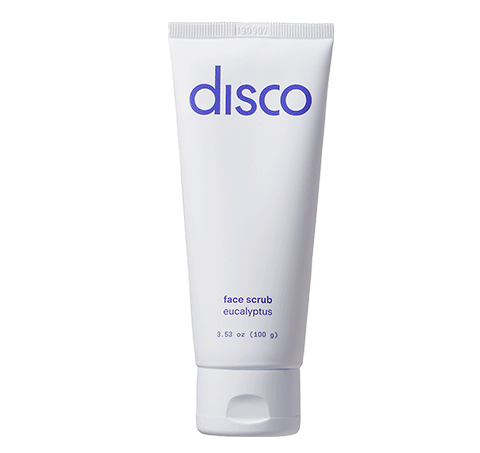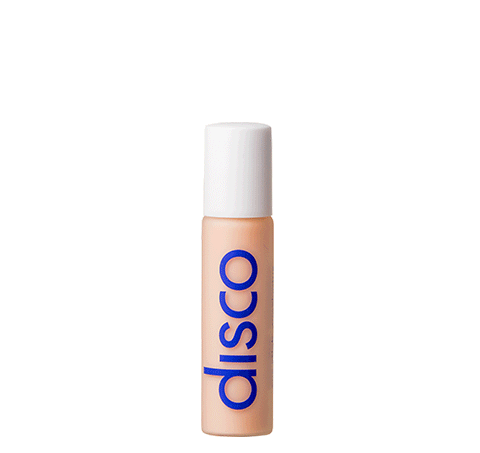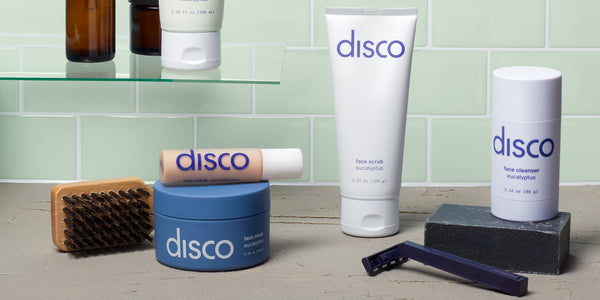Shaving is a part of every man’s hygiene routine. Whether you groom a large beard or struggle to grow facial hair, you know how frustrating it can be to deal with the uncomfortable collateral of using a razor on your face or irritating shaving products.
One of the worst side effects of shaving is the unexpected ingrown hair: a painful and unsightly bump that takes just about forever to heal! So what are ingrown hairs, and how can you avoid them?
We’ll explore the proper shaving routine so that you can avoid those ingrown hairs, shaving pimples, and razor burn for clear and calm skin.
What is an Ingrown Hair?
Ingrown hairs form when a hair grows back in on itself, instead of growing upright. First, the hair follicle becomes clogged with dead skin or another substance like oil, dirt, or bacteria. Then, the hair grows sideways or downwards instead of upright, causing irritating friction and a large bump to form.
Ingrown hairs look different case by case, but they typically involve a raised, pus-filled bump, redness, a boil-like sore, itching, and discomfort.
What Causes Ingrown Hairs?
Anyone can get an ingrown hair, and they are a lot more common than one may think. When it comes to ingrown hairs on the face, however, men should approach the problem with a particular strategy involving skincare and a better shaving routine.
Ingrown hairs are a lot more common in those with curly, coarse hair, and those with overactive testosterone levels. Testosterone contributes to higher oil amounts on the skin, and hyperactive hair and sweat follicles.
No matter your susceptibility, an ingrown hair is almost always caused by the skin not being adequately prepped for shaving or contact with a razor. When the skin is not prepped correctly, the razor causes friction on the hair follicle, causing it to become infected, and altering the direction of the hair growth. Ingrown hairs typically come with other side effects of poor shaving, including razor burn and shaving pimples.
Fortunately for you, Disco has your back when it comes to all things skincare. As guys, we know how frustrating it can be to nail down a solid shaving routine for the least amount of skin irritation, and something that’s quick and easy. We’ll walk you through the best shaving routine for men.
Skin-Friendly Shaving Routine for Men
Step 1: Cleanse the Skin
The first thing to prioritize when it comes to a proper shaving routine is to take care of the skin to avoid future irritation. Set yourself up for success by cleansing the skin with a face cleanser. This will clear away any dirt, oil, dead skin, and bacteria from the pores.
When it comes to shaving prep, it’s all about preparing the skin to be as smooth as possible and reducing the amount of friction that might occur between the skin and the razor.
Try the Disco Face Cleanser Stick for a detoxifying, yet a nourishing option for cleansing the skin. Charcoal helps to absorb excess oil, Phytic Acid breaks down dead skin cells, and Coconut Oil helps to restore moisture and nourishment to the skin barrier.
Step 2: Exfoliate the Skin
This is one of the most important parts of a shaving routine. Exfoliating is important for ensuring you clear away any kind of friction from the complexion. Dead skin can build up easily on our skin throughout the week, especially if you have a thick or coarse beard. Use an exfoliating scrub to clear away dead skin cells with physical microbeads.
Try the Disco Exfoliating Face Scrub with Papaya and Apricot Oil for an invigorating and powerful exfoliation. Infused with Aloe to soothe inflamed skin, you can rest assured that your shave will involve no more inflammation, irritation, or redness.
Step 3: Shower
Warm up the face to open pores by taking a hot shower, or cleansing the face with warm water. The warm humidity will relieve friction during shaving.
Step 4: Apply Shaving Cream
Lather shaving cream to reduce shaving friction. If you’re using shaving cream with irritating chemicals and ingredients, this can contribute to razor burn, razor pimples, and ingrown hairs. Opt for all-natural, organic shaving cream.
Step 5: Shave with a Single Blade Razor
Shave in a downward direction, at a 45-degree angle from the face. Shaving against the grain of hair growth can lead to ingrown hairs and irritation - so avoid this. Pro tip: using a single-blade razor will contribute the least amount of pressure and friction to the face, ensuring that your skin stays smooth and calm throughout the shave.
Step 6: Aftershave and Cold Water
Always follow up with aftershave. Aftershave has antiseptic properties that help prevent infection of cuts that may have occurred while shaving. Last, follow up with a splash of cold water to close down the pores.







